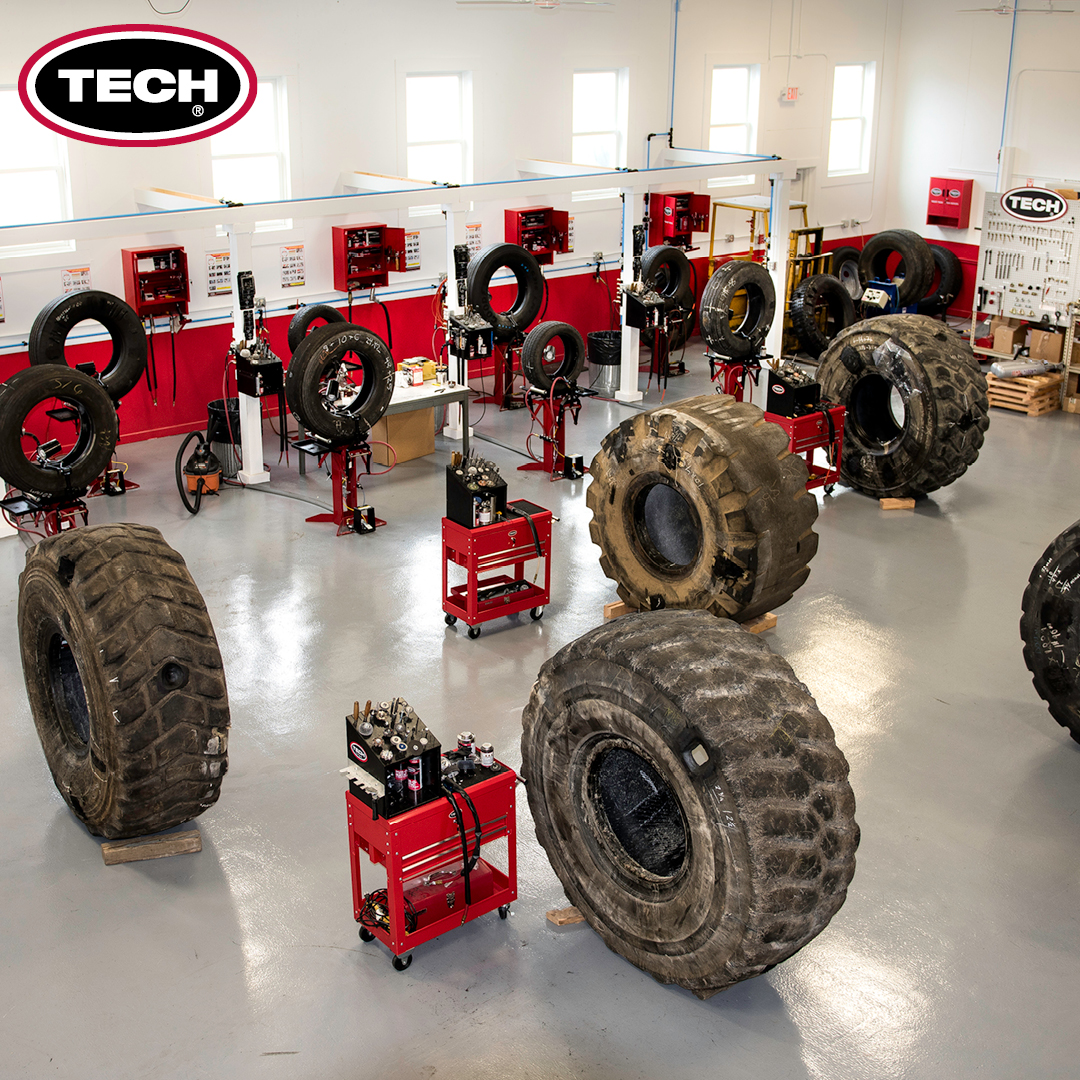Discover Comfort at Tire Tracks Morris IL: Premier Tire Shop Near Me
Discover Comfort at Tire Tracks Morris IL: Premier Tire Shop Near Me
Blog Article
The Science Behind Tire Repair Service and Safety
When it involves the detailed world of tire upkeep and safety and security, there exists a world of scientific research that often stays undetected by the typical motorist - morris tire. The materials that make up a tire, the impact of tire stress on general security, the ramifications of walk wear, the elaborate dynamics of tire grip, and the often-overlooked value of appropriate wheel placement all play crucial roles in guaranteeing a car operates safely and efficiently. As we browse with the complexities of tire repair work and security, it becomes noticeable that a deeper understanding of these clinical concepts is not just helpful however vital for every motorist when driving
Tire Composition and Capability
What materials make up the structure of tires, and just how do these components contribute to their capability on the roadway? Steel cords are integrated to boost the tire's strength and assist it maintain its form under various road problems.
The rubber substances provide grasp and grip, permitting the tire to adhere to the road surface and provide security during acceleration, braking, and cornering. Generally, the cautious option and combination of these materials ensure that tires can carry out efficiently and safely on different roadway surfaces and problems.
Effect of Tire Pressure on Safety And Security
Keeping proper tire pressure is important for ensuring ideal safety and efficiency while driving. The effect of tire pressure on safety and security can not be overstated. Underinflated tires are vulnerable to overheating, which can bring about tire blowouts, especially at high rates. Furthermore, reduced tire pressure affects the handling and responsiveness of the vehicle, raising the danger of crashes, especially throughout emergency maneuvers. On the other hand, overinflated tires have much less call with the road surface area, minimizing grip and triggering irregular wear on the tire footsteps. This jeopardizes the automobile's stability and stopping performance, posing a considerable security risk. Correctly filled with air tires likewise play a critical role in fuel performance, as underinflated tires can increase rolling resistance, bring about decreased gas mileage. Consistently checking and preserving the correct tire pressure not only makes sure safety and security but likewise expands the lifespan of the tires, conserving on substitute prices in the future.
Tread Wear and Its Implications
Proper monitoring of tire tread wear is vital for guaranteeing optimal performance and safety and security when traveling. As tires put on down, the deepness of the walk diminishes, lowering the tire's capacity to maintain traction, specifically in damp or unsafe conditions. The tread pattern and deepness play an important role in transporting water far from the tire to avoid hydroplaning and maintaining grip on the roadway surface.
Signs of extreme walk wear include hairless spots, uneven wear, and the look of wear indicators. Bald spots indicate local wear, which can result in instability and raised danger of blowouts. Unequal wear may recommend problems with tire suspension, rising cost of living, or placement parts. Use indications are developed right into the tire tread and come to be noticeable when the tread deepness reaches a certain nadir, showing the requirement for prompt replacement.

Recognizing Tire Grip Characteristics
Keeping track of tire step wear not just ensures optimal performance and safety however likewise directly affects the traction dynamics of the tires on different road surfaces. Tire traction is an important element of car handling and security, as it determines the grasp in between the tires and the roadway. Grip dynamics vary relying on roadway conditions such as dry pavement, damp roadways, snow, or ice.
Understanding tire traction characteristics is essential for vehicle drivers to adapt their driving behavior according to the roadway conditions. morris tire. On a regular basis checking tire step deepness and condition can dramatically improve grip performance, making sure safer driving experiences throughout various surface areas
Significance of Proper Wheel Placement
Guaranteeing correct wheel placement plays an important role in maximizing automobile efficiency and extending tire durability. Proper wheel positioning entails changing the angles of the wheels to manufacturer specs, ensuring that they are perpendicular to the ground and alongside each other. When placement is off, it can cause uneven tire wear, reduced gas efficiency, and jeopardized handling.
One of the essential advantages of maintaining appropriate wheel alignment is enhanced handling and stability. Misaligned wheels can trigger the lorry to pull to one side, impacting guiding control and overall driving experience. In addition, appropriate positioning advertises also tire wear, preventing premature tire replacement and reducing upkeep prices in the future.

Verdict
In conclusion, the scientific research behind tire repair service and safety is important for keeping lorry performance and ensuring motorist safety. By recognizing tire make-up, stress, tread wear, grip characteristics, and wheel positioning, drivers can prevent crashes and extend the life-span of their tires.
The materials that make up a tire, the influence of tire pressure on total safety, the implications of step wear, the elaborate characteristics of tire grip, and the often-overlooked significance of correct wheel alignment all play crucial roles in guaranteeing a vehicle operates safely and efficiently. On the other hand, overinflated tires have less contact with the road surface area, decreasing grip and creating uneven wear on the tire treads. Routinely inspecting and keeping the correct tire pressure not only makes certain safety however additionally expands the lifespan of the tires, saving on replacement prices in the lengthy run.
Keeping track of tire walk wear not only makes sure optimum performance and safety and security however visit also directly impacts the traction dynamics of the tires on different road surfaces. Tire traction is a vital element of car handling and security, as it figures out the grasp in between the tires and the road.
Report this page